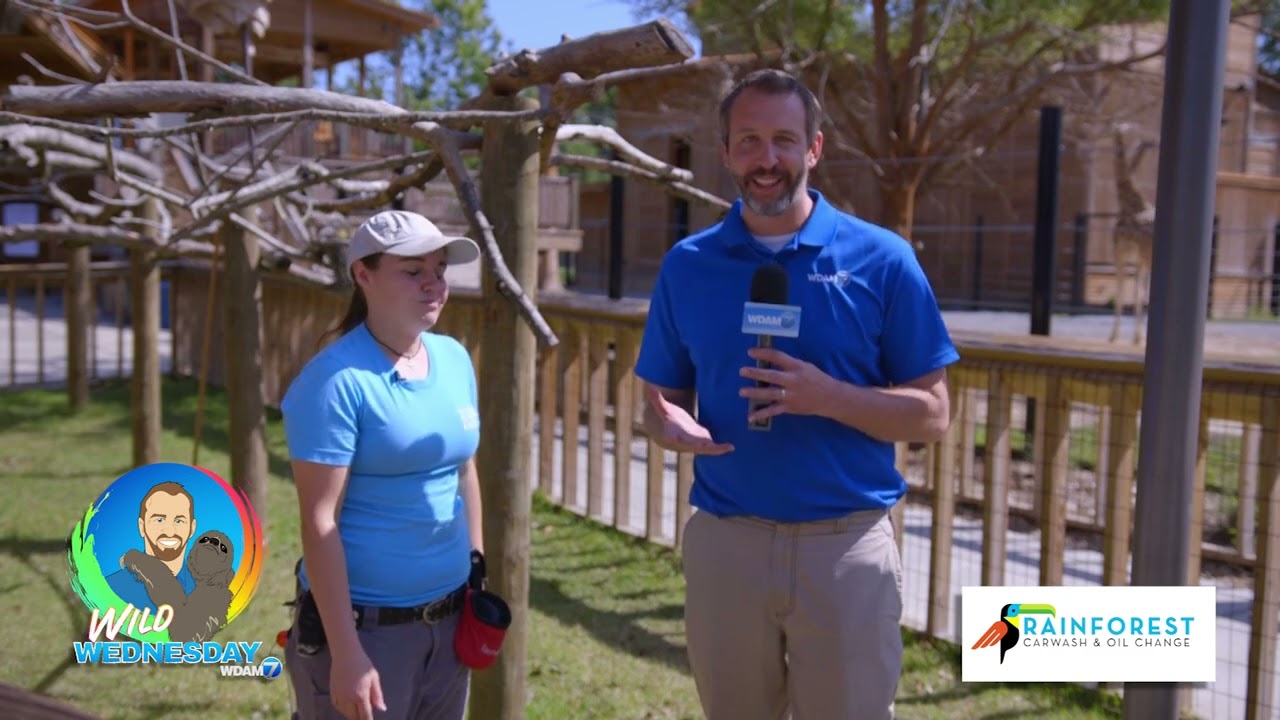- Understanding the Anatomy and Behavior of Porcupines
- The Importance of Wild Wednesday Events to Wildlife Education
- Porcupine Conservation Efforts and Challenges
- Zoo Management Practices for Porcupine Welfare
- Engaging the Public in Wildlife Conservation via Multimedia
Porcupines belong to the families Erethizontidae and Hystricidae and are recognizable for their spines or quills. Distributed across parts of North and South America, southern Europe, Asia, and Africa, these creatures are often misunderstood due to their defensive adaptations. This intricately plumed member of the rodent family hosts several fascinating characteristics and behaviors worthy of exploration.
Porcupines possess a unique defensive mechanism. Their bodies are covered with quills that are actually modified hair. The quills have a sharp tip and barbs that make detachment painful and difficult for predators. When threatened, a porcupine will rattle its quills as a warning. If this doesn’t deter the threat, the porcupine may use its quills as a defensive tool. Contrary to popular belief, porcupines cannot "shoot" their quills; they release when touched firmly.
These nocturnal animals prefer solitary lives but occasionally gather, especially during times of food scarcity or for breeding purposes. Porcupines’ primarily herbivorous diet consists mainly of leaves, herbs, twigs, and green plants. This feeding behavior changes based on habitat and food availability. In colder climates, their diet shifts to bark and conifer needles during the winter months.
Wild Wednesday events, such as the one organized on August 3, 2022, serve as a crucial platform to educate the public about wildlife. These events provide a meaningful glimpse into the lives of creatures like porcupines, highlighting their ecological roles and importance. Through hands-on experiences, educational talks, and interactive sessions, attendees learn about conserving biodiversity and the complex interplay between species and their ecosystems.
Such programs are integral for raising awareness and can shift public perception about animals like porcupines. Enthusiastic participation in these events can foster a deeper connection with nature, and inspire stewardship in future generations. The Wild Wednesday initiative also serves as an excellent opportunity for zoos and wildlife parks to disseminate accurate information and dispel myths surrounding these animals.
Conservation of porcupines and their habitats faces several challenges. One significant threat is habitat loss due to deforestation and urbanization. As their natural environments shrink, porcupines often encounter human settlements, leading to conflicts. Furthermore, illegal hunting for meat and the trade of porcupine quills present substantial challenges. Conservation strategies need to address these issues by promoting habitat restoration, enforcing anti-poaching laws, and engaging local communities in conservation efforts.
Zoos contribute significantly to the conservation and welfare of porcupines through breeding programs and research. Ensuring a healthy breeding population helps maintain genetic diversity, which is critical for the resilience of the species. Zoos implement advanced welfare protocols to care for porcupines, providing them with spacious enclosures that mimic their natural habitats as closely as possible. Environmental enrichment is essential to stimulate the porcupines’ cognitive development and prevent the onset of stress-induced behaviors.
Moreover, zoos act as research centers where scientists can study porcupines in controlled environments. Research can uncover new information regarding porcupine health, behavior, and reproduction. Such findings are crucial for enhancing conservation strategies not only within the zoo setting but also in the wild.
The public engagement on a digital platform has become easier with the advent of multimedia content. Featuring porcupines in videos, interactive displays, and digital campaigns educates a broader audience. The visual appeal of porcupine behavior can captivate audiences, drawing attention to conservation messages. For instance, sharing a short video of porcupines displaying their unique quill-rattling defense could spark conversations and share awareness about the species.
Incorporating video descriptions in multimedia content about porcupines allows viewers to gain deeper insights and fosters a better understanding of these remarkable animals. These descriptions provide context and educate viewers about behaviors and characteristics, making conservation issues more relatable. Videos from events like Wild Wednesday can be excellent educational resources for schools, museums, and online platforms, significantly amplifying the reach and impact of conservation messages.
Porcupines, with their unique adaptations and ecological roles, provide a wealth of knowledge for wildlife enthusiasts and conservationists alike. Wild Wednesday events and initiatives like them are vital in transforming how the public perceives these remarkable animals and emphasizes the importance of preserving biodiversity. Through dedicated efforts in conservation, education, and zoo management, we can ensure these extraordinary creatures continue to thrive alongside us.
*****
Source Description

